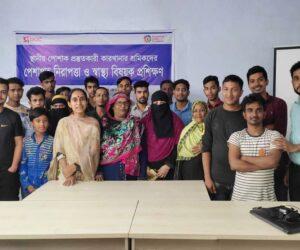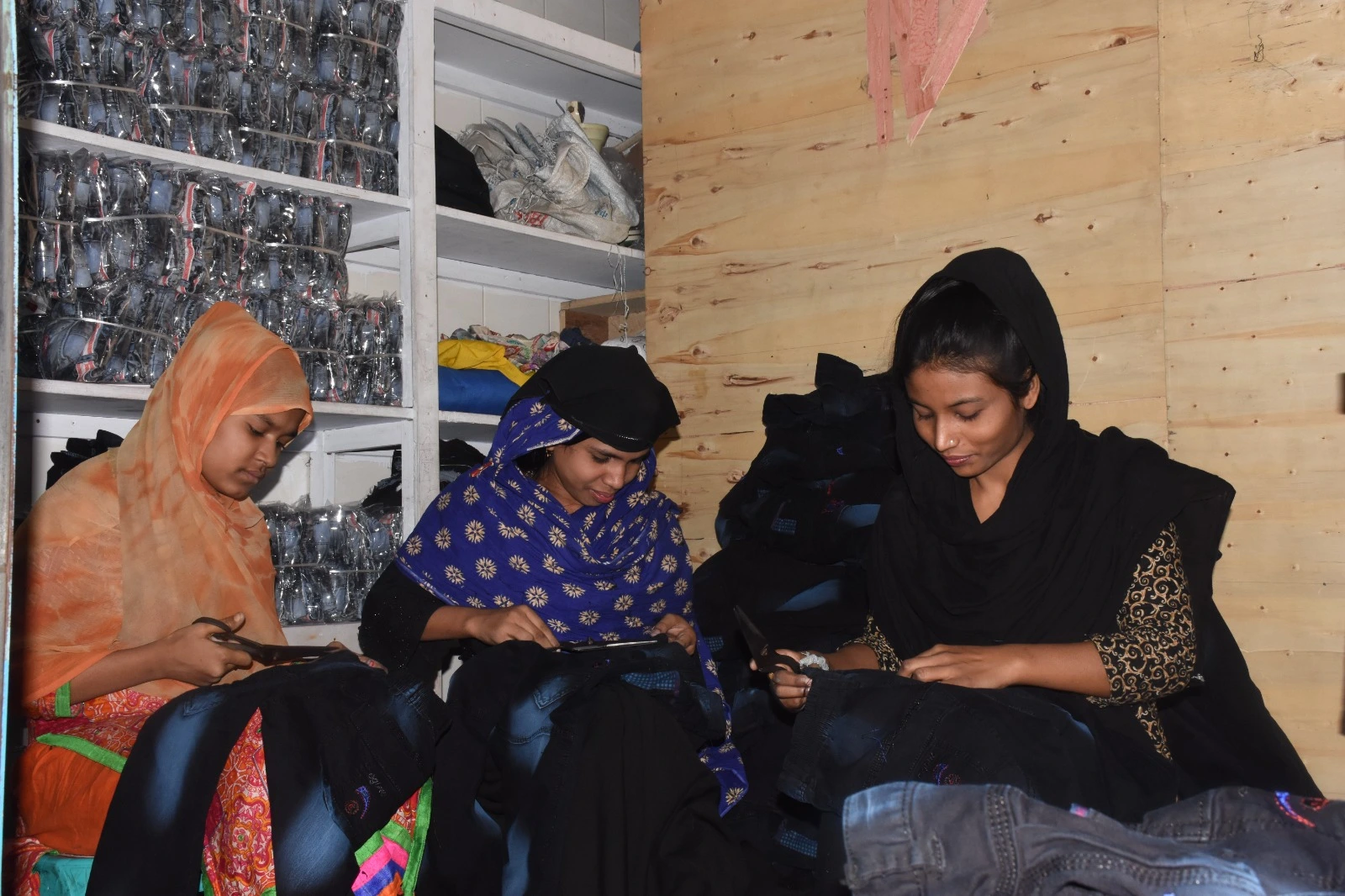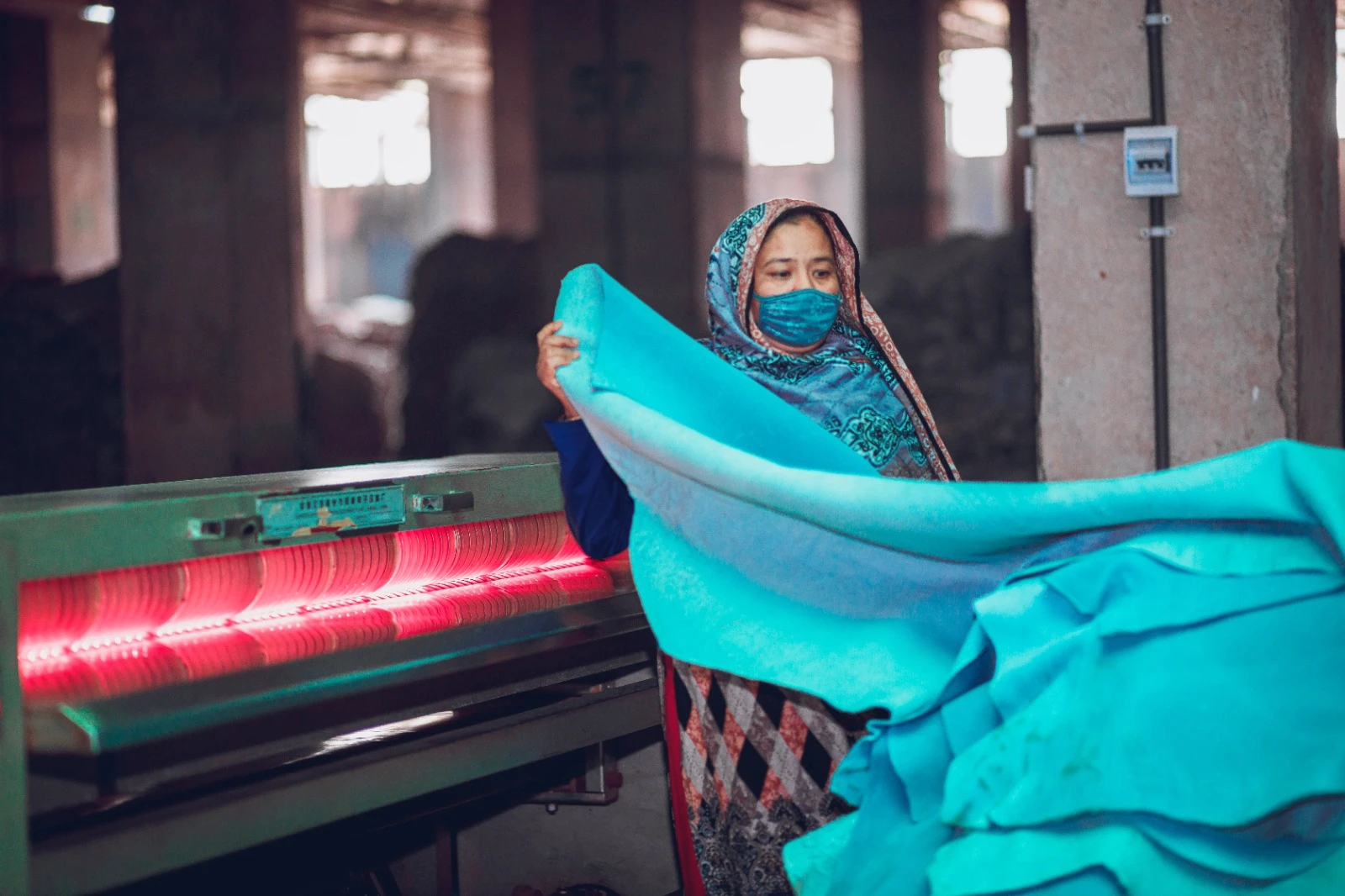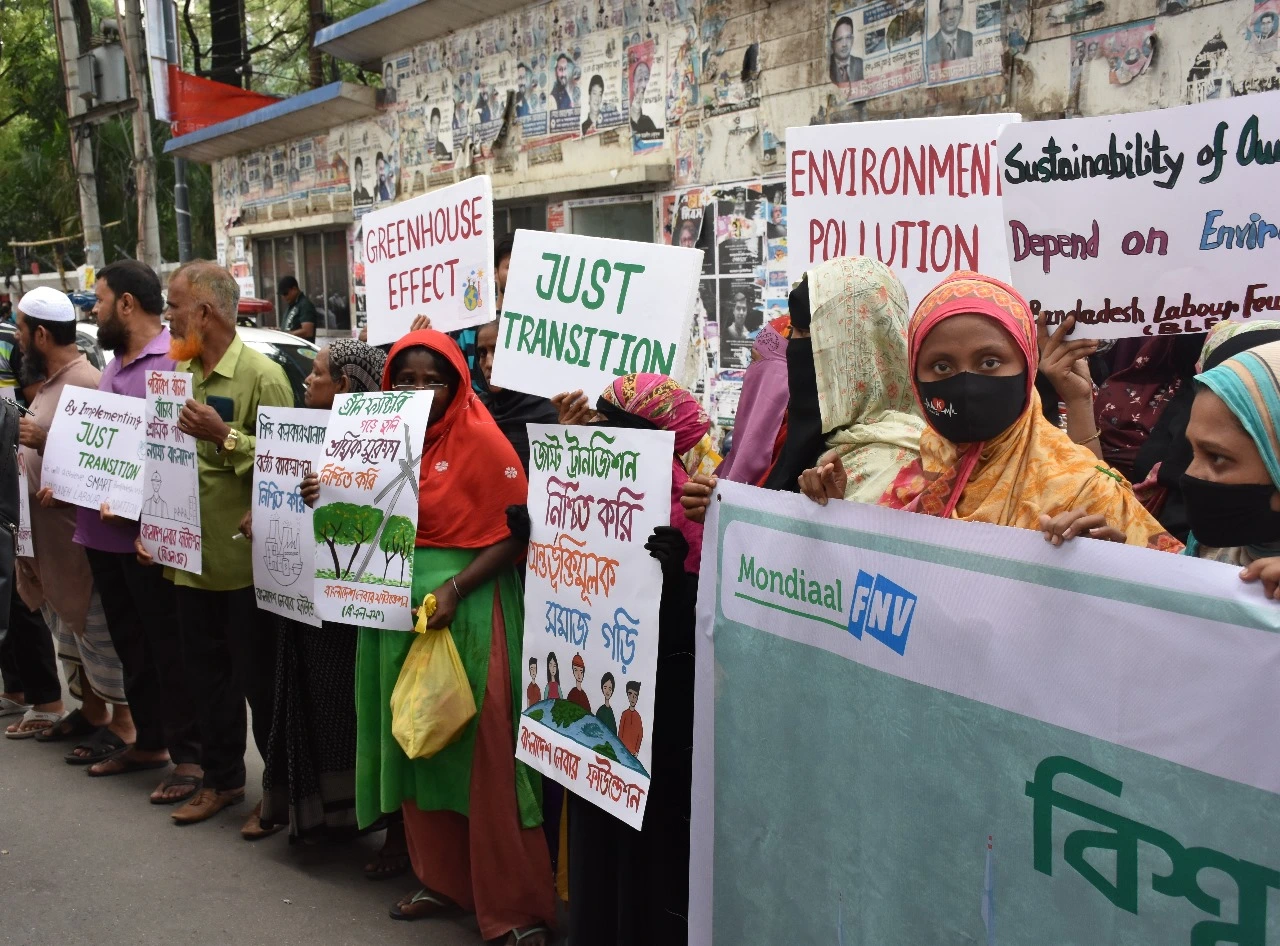Occupational Safety and Health (OSH) for Workers and Owners in Local Ready-made Garment factories
Overview
The Readymade Garments Industry acts as a catalyst for the development of Bangladesh. The “Made in Bangladesh” tag has also brought glory to the country, making it a prestigious brand across the globe. The oriented apparel industry of Bangladesh started its journey in the 1980s. Despite many difficulties faced by the sector over the past years, it has carved a niche in the world market and continues to show robust performance. Besides that, the local market, the readymade garment industry in Bangladesh, has undergone a silent revolution. The industry has contributed by covering around 80% of local consumption. The supply of cheap leftover clothes from RMG factories is the main growth engine for this industry, as local tailors quickly switch to using cheap foreign clothes to make apparel marketed across the country. The government has played no role in the development of this industry. It has developed rather haphazardly with private initiatives from local and some outside entrepreneurs who have used their private capital to develop this industry.
These factories do not follow the minimum standards of occupational health and safety. Most plants do not have emergency medical kits, firefighting equipment, and emergency exit facilities. The majority of workers do not have access to safe drinking water in workplaces, and they lack access to sanitary latrines and urinals. Toilet facilities are not separate for male and female workers. Ventilation facilities are insufficient, and lighting is inadequate. Workers are deprived of the opportunity to work in a decent environment.
BLF introduced the project with the support of BRAC to develop awareness among the workers and employers at Keraniganj local RMG hub, Dhaka, to understand basic norms of Health and Safety and Fire Safety in the factories and buildings where the factories are currently operated
Objectives
- Identifying the risks of their workplace and making them confident to take necessary actions
- Acquaint them with fundamental principles for fire safety.
- Let them be aware of Electric safety.
- The procedure of first aid and identification of first aid kits.
- Initiate them about different types of Personal Protective Equipment (PPE) for garment workers.
Location
Keraniganj Local RMG Hub
Project Components
Occupational Safety and Health, Fire Safety, Electrical safety 42, First Aid, PPE Stakeholders, Workers of Keraniganj local RMG hub, Employers & Management of Keraniganj local RMG hub.
Donor
BRAC
Duration
November & December of 2022
Stakeholders: Workers of the Keraniganj local RMG hub and Employers & Management of the Keraniganj local RMG hub
Project Intervention: This project covered 52 towers, including 204 factories, with a total of 1000 beneficiaries. The ratio of male to female workers is 577:323. Additionally, this project engaged 100 male employers.
Key Outcomes: 900 workers and 100 employers were given sessions on safety and health issues in the workplace, such as occupational safety and health, fire safety, electrical safety, first aid, and PPE. The participants agreed to form a floor-based firefighting team in case of fire. In that team, they will designate different persons for different roles, such as using fire extinguishers, calling the fire service, helping people get out of the factory, and calling the ambulance and hospital. Moreover, they identified and noted occupational hazards that exist in their workplace.







